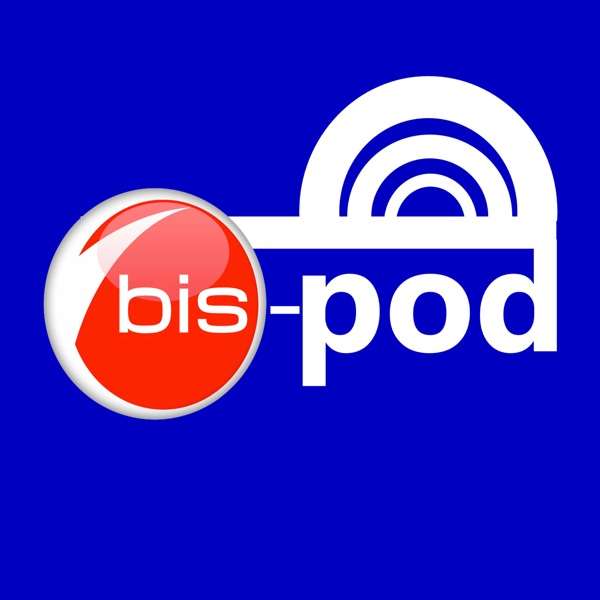Curious about assisted deliveries? In this episode of The Pulling Curls Podcast, Hilary Erickson, The Pregnancy Nurse®, sits down with Dr. Tori O'Daniel, a board-certified OB GYN, to demystify vacuum and forceps deliveries. They explain when and why these tools might be used, how they work, the differences between them, and what you can expect if your delivery needs a little extra help. They also bust some common myths and share real-life experiences (including Hilary’s own forceps story), plus get honest about risks, benefits, and postpartum recovery tips. Whether you’re prepping for birth or just want to be informed, this episode has all you need to feel more confident about your options.
Big thanks to our sponsor Laborie, makes of the Kiwi® Complete Vacuum Delivery System: https://www.laborie.com/product/kiwi/
Today's guest is DDr. Tori O’Daniel. She is a Board-Certified OB/GYN whom has been practicing for 14 years. For the past 11 years she has been an OB/GYN Hospitalist in OKC, Oklahoma. Dr. O’Daniel is the Medical Director for the OB Hospitalist and women’s services. She also is the Medical Director for Women’s Health Services at Mercy Hospital. She instructs educational classes and facilitates the OB Emergency Simulations for the nurses and physicians within her department. As an Adjunct Faculty at Oklahoma State University, she is the Director of the Medical Student Clinical rotations at her institution.
She has been actively involved in the Society of OB/GYN Hospitalists (SOGH) for the past several years. She co-chaired the Simulation committee in 2020 & 2021 and Co-Chaired the ACM 2022 & 2023. She currently serves on the Board of Directors.
Dr. O’Daniel is passionate about education and advocating for women’s safety in health care. Thus, she actively teaches across the country about vacuum assisted deliveries, treating post partum hemorrhage and other OBGYN Emergencies.
Links for you:
Previous episode sponsored by Laborie (#246) about plus size moms in labor: https://www.pullingcurls.com/246-plus-size/
Timestamps:
00:00 Assisted Delivery and Labor Mechanics
03:22 Assisted Vaginal Delivery Options
06:26 Decline of Forceps in Deliveries
10:38 Vacuum-Assisted Delivery Explained
13:54 Vacuum Procedure Timing Guidelines
16:10 Assessing Delivery Options and Pelvic Adequacy
19:26 Challenges in C-section Deliveries
23:15 Forcep Use in Obstetrics
25:50 "Consent Challenges in Childbirth Decisions"
31:43 Forceps vs. Vacuum Delivery Risks
33:16 Birthing Risks: Maternal and Fetal
37:24 Considerations for Assisted Vaginal Delivery
39:56 Navigating Birth Plan Conversations
44:07 Normalize Asking for Help
46:57 Flexible Tubing Revolutionizes Vacuum Use
49:15 Flexible Neck Vacuum for Childbirth
Keypoints:
- Assisted deliveries involve using tools like vacuums or forceps to help a baby out during vaginal birth, usually when there’s exhaustion, fetal distress, or a tricky position.
- The difference between forceps (which look like fancy salad tongs) and vacuum devices (like the KiwiVac) was explained—with forceps generally having a higher risk for maternal tearing, while vacuums can be safer for the mother but have their own set of risks for baby.
- Forceps use is becoming rare in the US, and many younger doctors are not trained in both tools; most providers specialize in one over the other.
- The vacuum method, such as the KiwiVac, doesn’t just involve pulling—the device helps rotate and flex the baby’s head to ease passage through the pelvis, working in tandem with the mother’s pushing effort.
- Not every provider can use both vacuums and forceps, and midwives in the US generally use vacuums regionally; outside the US, like in Europe, midwives may use vacuums more routinely.
- Assisted deliveries make up less than 5% of births, so most people will not need them, but knowing about the process can reduce fear if the situation arises.
- Before offering assisted delivery, doctors must ensure the baby is low enough, the mother’s pelvis is adequate, and water is broken—these tools can’t compensate for a truly “stuck” baby or incomplete dilation.
- Vacuums and sometimes forceps can even be used during C-sections if the baby is deeply engaged or in an awkward position, to help bring the baby up through the uterine incision.
- Consent and clear communication are vital—sometimes decisions have to be made quickly, so it helps when patients have discussed these possibilities in advance with their providers.
- The episode emphasized not to fear assisted deliveries—they’re tools to reduce C-sections and make births safer when used by skilled, well-trained professionals, and advances like the KiwiVac improve outcomes for both moms and babies.
Producer: Drew Erickson
Keywords:
assisted delivery, vacuum-assisted delivery, forceps delivery, Kiwi Complete Vacuum Delivery System, OB GYN, labor and delivery, childbirth, maternal exhaustion, fetal distress, vacuum system, assisted vaginal delivery, shoulder dystocia, c section, birth canal, perineal care, vaginal lacerations, episiotomy, pelvic floor therapy, chignon, subgaleal hemorrhage, cephalohematoma, labor nurse, midwife, family practice doctor, maternal risks, neonatal risks, delivery complications, birth plan, postpartum recovery, Laborie

 Our TOPPODCAST Picks
Our TOPPODCAST Picks  Stay Connected
Stay Connected






